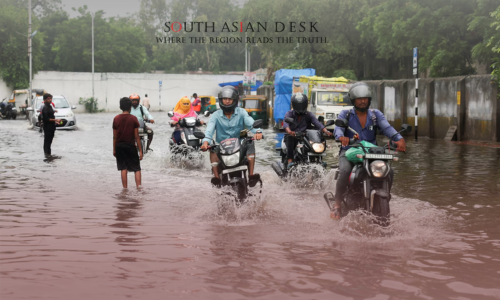Indian cities need $2.4 trillion for climate infrastructure by 2050, World Bank says. With the urban population expected to nearly double to 951 million by 2050 from 480 million in 2020, India faces mounting pressure to protect its cities from intensifying climate risks like floods, heatwaves, and rising sea levels. A recent report estimates that without significant investment in housing, transport, water, and waste management, urban flooding alone could cost $5 billion annually by 2030, rising to $30 billion by 2070.
The report, prepared with India’s urban development ministry, projects investment needs at $2.4 trillion by 2050 under conservative growth scenarios, increasing to $2.8 trillion with moderate urbanization. India’s current spending on urban infrastructure—0.7% of GDP—is well below global benchmarks, necessitating a sharp increase in public and private financing. Cities like Chennai, Delhi, and Surat are particularly vulnerable, with heat-related deaths projected to rise from 144,000 to 328,000 annually by 2050 without action.
Social media discussions highlight public concern over the affordability of such investments, with some questioning government priorities amid economic pressures. Ahmedabad’s Heat Action Plan, Kolkata’s flood warning system, and Indore’s waste management initiatives show progress, but scaling these efforts requires coordinated government action and private sector partnerships in green buildings, energy-efficient water systems, and sustainable transport. The report emphasizes that timely investments could save 130,000 lives annually and boost GDP by 0.4% through resilient urban planning.
Published in SouthAsianDesk, July 23rd, 2025
Follow SouthAsianDesk on X, Instagram and Facebook for insights on business and current affairs from across South Asia.






